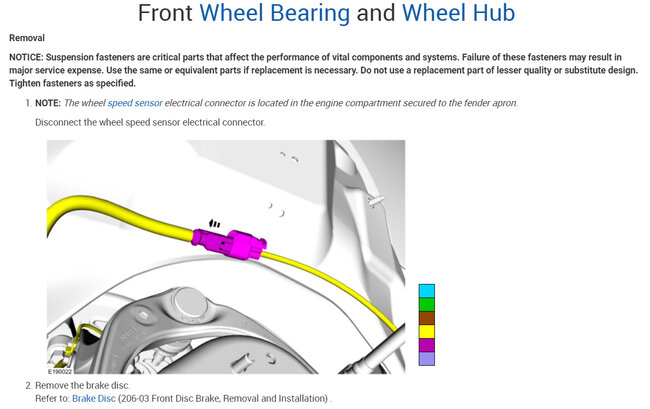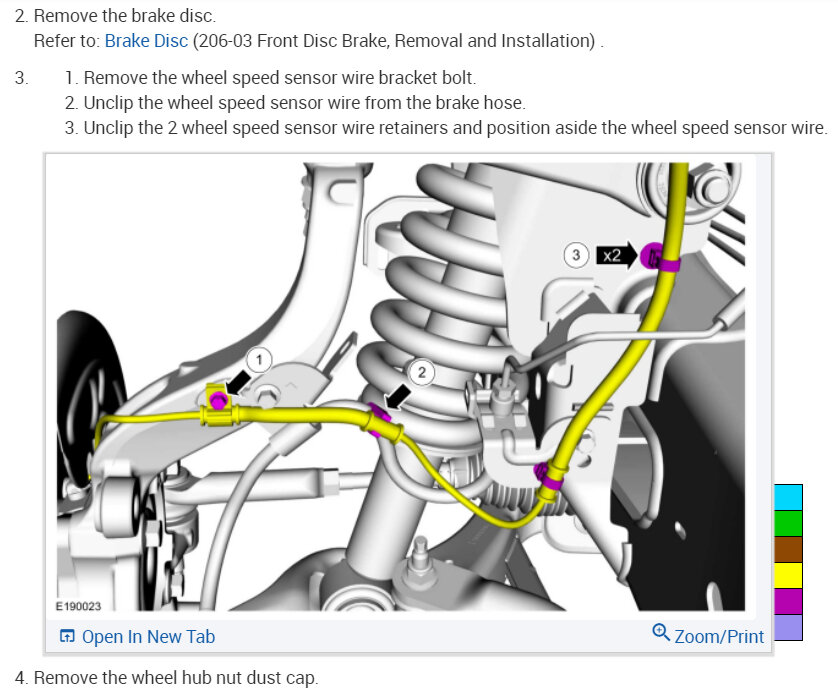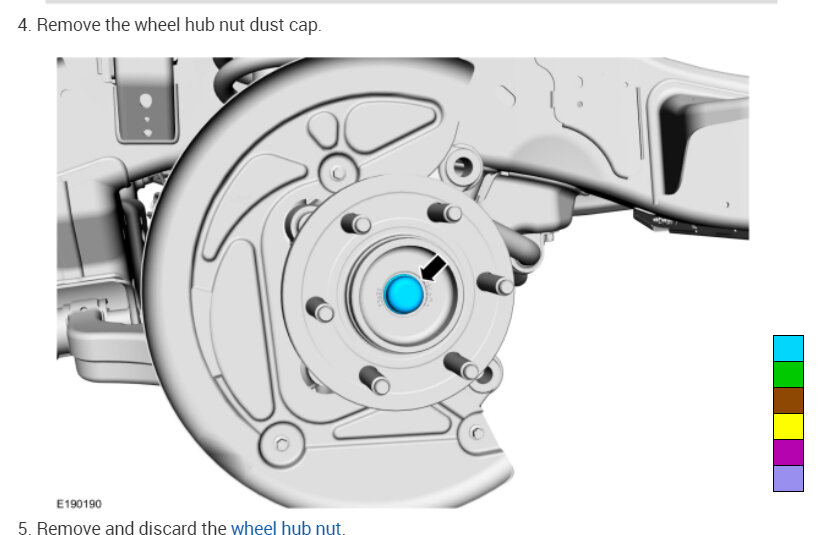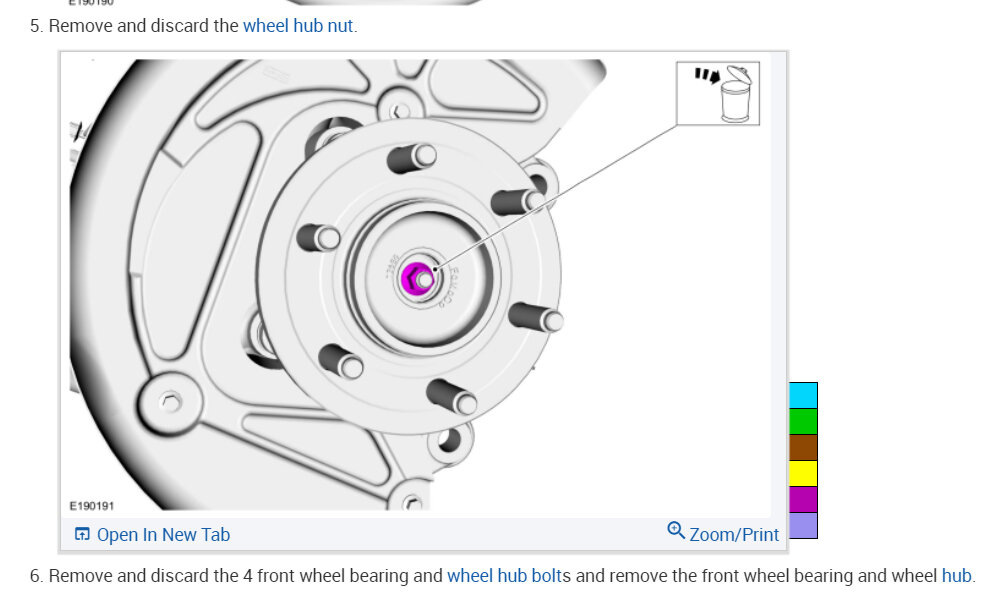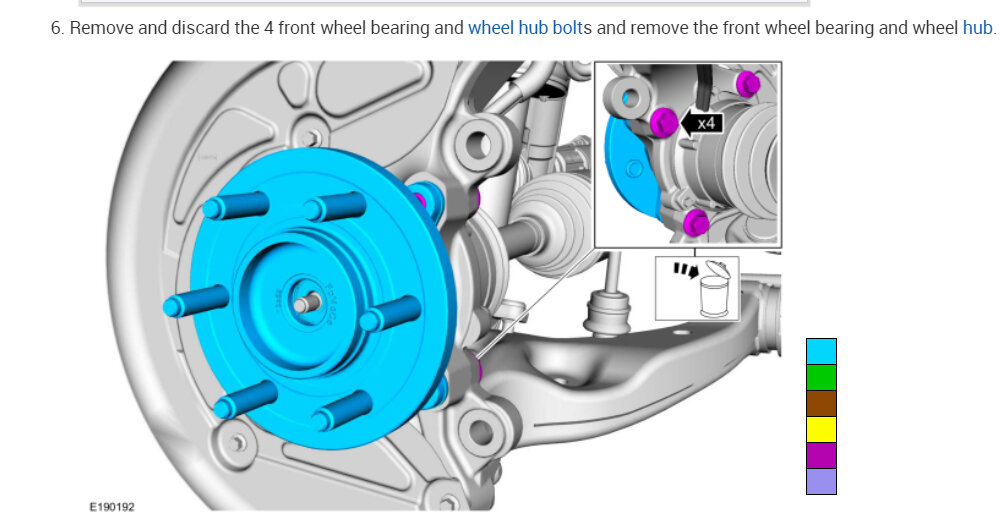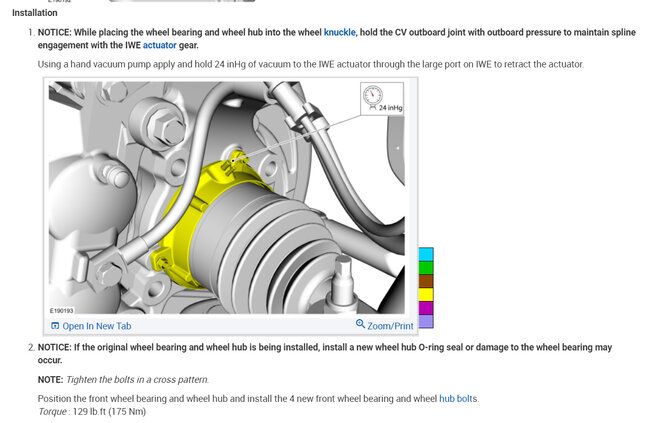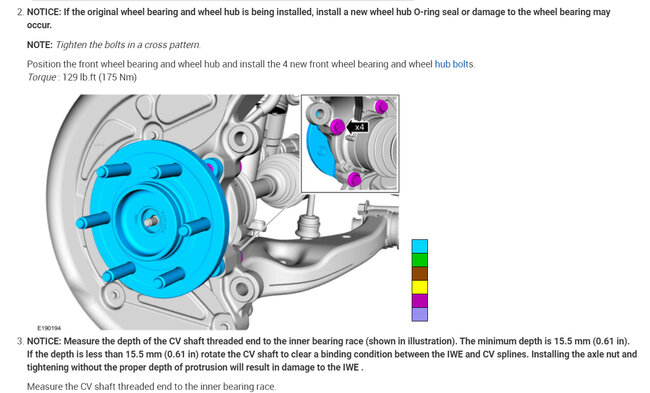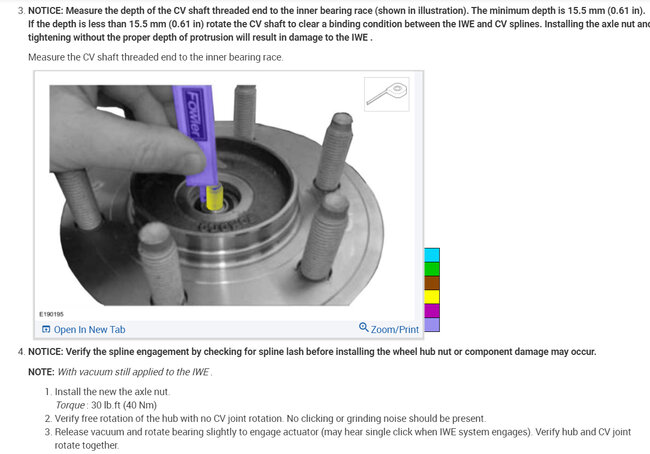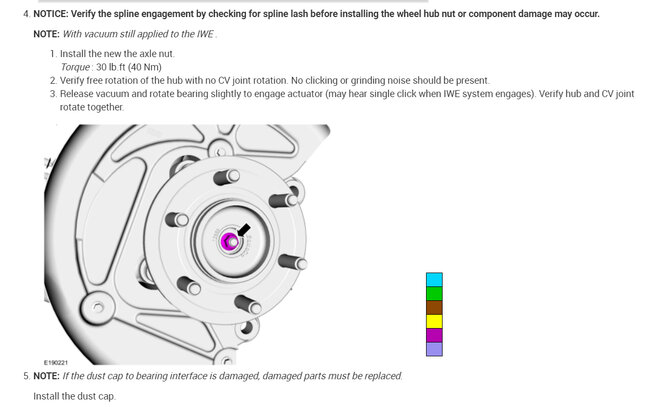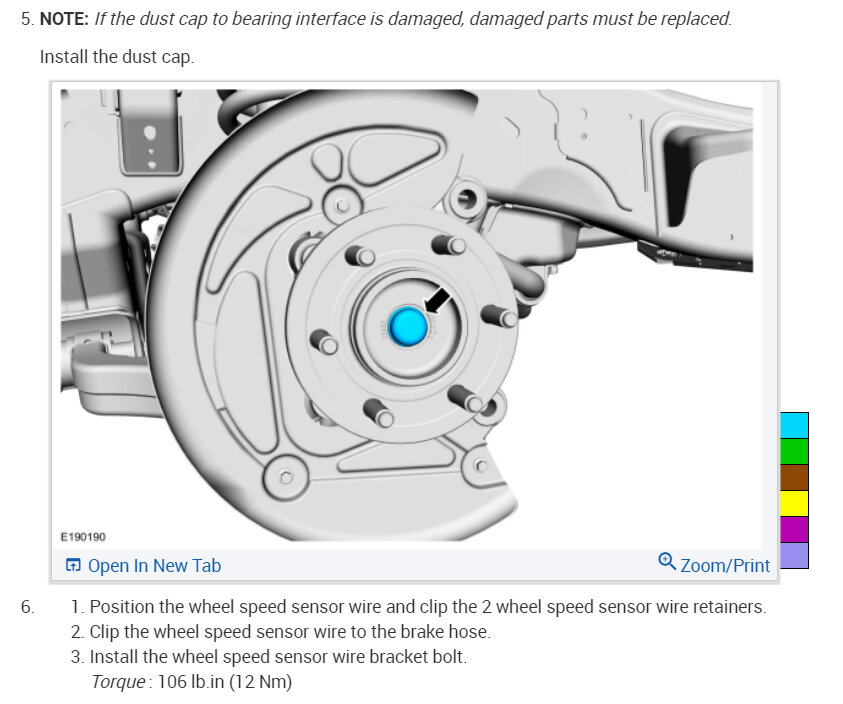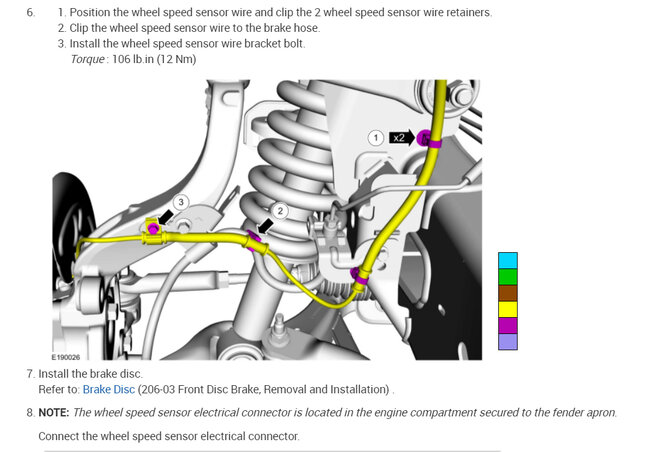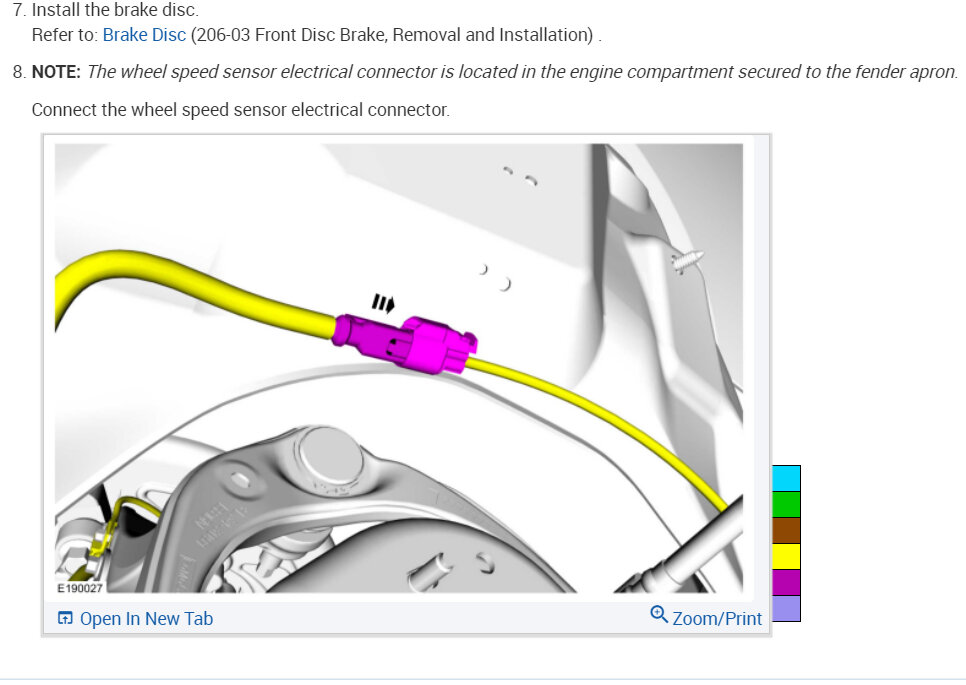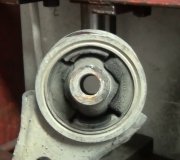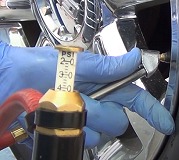I followed this with interest to learn the solution, but there is a lot of incorrect information listed. You're obviously better informed than the average competent do-it-yourselfer, but I can share a few tidbits in case you run into this again.
First, a wheel bearing can be noisy or have excessive play from wear, but it won't cause the brakes to get hot. If that were true, the old pads would have been getting hot. Since this started with the brake job, we can rule out anything that was there before.
You are correct that there can be three different brake pads, but some suppliers give you pads that are interchangeable. As far as struggling to install the caliper with the pads in the wrong places, that is almost impossible to do. If the caliper can't be bolted into position, one of two things is happening. First look at those two small pins built into the back of the pads. One supplier gives you new pads with those pins on all four of them. That tells me those don't matter where they go. They could be to place them on the pistons so they don't move around, or it could be to install optional wear indicators. Those are small metal tabs that screech against the rotor once the linings are worn down sufficiently. If those pins were causing a problem, you wouldn't be able to retract the pistons enough to fit the caliper over the rotor. That's not a matter of the mechanic's strength or determination. Most of us weigh two hundred pounds, give or take 50 pounds, so there isn't enough gravity for us to pull a caliper on if it isn't going to go. When you move it with the brake pedal, it is real easy to build up over 2,000 pounds of fluid pressure without using the power assist.
Most of the replacement pads have two that are taller. Those are the inboard pads, different ones for each side. If an inner and an outer are switched, the outer one will hold the caliper up too high to get the mounting hardware installed. I can see where the mechanic might have been able to get them installed with force, but we run into this frustrating situation all the time, so your mechanic would have no reason to suspect he was doing something wrong. A lot of times we resort to hammers to help force calipers into position. They can go together hard, but then they work their way to centered after applying the brakes a couple of times. Old calipers can be just as difficult to get off after they've been working fine for years.
The much more common issue that I haven't seen mentioned yet is debris build-up behind the pistons in the calipers. Back in the 1980s, it was common practice on all professional brake jobs to rebuild calipers and wheel cylinders. Not doing so caused problems on almost all Ford brakes, but very little trouble on GM vehicles. With the pistons removed, there was all kinds of scale and mud at the backs of the bores. There were always pinkish-orange patches at the back, bottom of the bores where that debris had settled. Once cleaned out, those spots of corrosion had no effect on normal operation. You have to push the pistons all the way in to make room for the new, thicker pads, but that debris prevented us from doing that. It should never be necessary to resort to using a C-clamp to push the pistons in, but when we had to do that, the vehicles always came back with overheating brakes. That debris made it extremely difficult to fit the caliper in place, and if we were successful, the pistons couldn't retract to fully release the brake. This is less of an issue, and can go overlooked, when reusing old rotors that are worn a little thinner.
That debris behind the pistons, and your assumption the mechanic was incompetent are the two reasons I felt I had to stick my nose in here. There ARE plenty of "mechanics" out there who never got formal training, and learned from experience, who shouldn't be doing brake work, but as a brake system specialist, I've seen and done the things you pointed out.
As for a "certified mechanic" knowing the pads are different, being certified means you passed a written test years ago. Ford has been changing their brake caliper designs since the mid '80s, trying to get one that doesn't cause excessive problems, and no one is going to be familiar with every variation there is. I'm certified in all eight areas of cars and light trucks, but you do not want me working on your transmission. Test questions have to do with general theory and problem-solving, never vehicle-specific problems or questions. Those come from experience. You found the difference in the pads due to working on just your one model. A mechanic will see a dozen different models every month, and will never see some other models in his entire career. When I run into a bizarre Mercedes or VW, for example, I do just one side at a time, and I compare the new parts to the old ones. Even then it can be difficult to figure out how to assemble some of the shims and anti-noise clips. Even some that I saw over and over at the new-car dealership defied logic and caused us trouble. And that's with factory training. Just today I'm helping a friend at his shop to figure out the braking system on a 2023 GMC Yukon. All the training and experience in the world is useless with this mess. All we can figure out is it must have worked at some point. My point to this sad story is we will never defend an incompetent or unscrupulous mechanic or shop owner, but even the best-trained one can run into problems. They should be willing to take care of this for you since it is likely their fault. Just as with any other profession, they deserve the chance to correct their mistakes.
For my last comment of value, you mentioned the tie rod ends. Back in the '80s and '90s, those fell apart, leading to loss of control and crashes, more on Ford products than all other manufacturers combined. That is not the history on newer models, but looseness on any brand or model should not be ignored. One thing they will not cause, however, is a vibration. A tie rod end with play or looseness can ALLOW a vibration to occur, but that vibration has to be caused by something that is rotating. If that were not true, a loose tie rod end would cause a vibration while the vehicle was standing still.
Since tie rod ends control the direction the wheels are steering, it is possible for the two on front to steer away from the center of the vehicle, up to the point the tires' sidewalls can't flex any more, then the treads will snap back, and start that all over again. That will feel like a vibration. With tight tie rod ends, the tread is more likely to just skid sideways across the road surface without causing a vibration.
I have a strong suspicion you solved the problems with the new calipers, and finding the pads were in the wrong places was just coincidental. If this was in my classroom, I'd have the students try to reinstall the new pads in the wrong locations and see if a problem occurs again. I'm not suggesting you do that. We want to leave what's working alone.
If you want to replace both outer tie rods ends yourself, here's a trick you might consider, assuming the steering wheel is centered now. Replace just one, snug the jamb nut, then go out and drive the vehicle. Observe which way the steering wheel is off-center, then stop and readjust the new tie rod to turn that wheel in the same direction. Do that repeatedly until the steering wheel is straight again, then do the same thing on the other side. That will get "total toe" close enough to let you drive to the alignment shop without tearing up the tires.
When you replace both outer tie rod ends at the same time, there's no way to know which way the tires are steering. They can both be steering toward the center of the vehicle or away a lot, but if that error is equal on both sides, the steering wheel will be centered. It doesn't take much error to make the truck miserable to drive, and it cause rapid tire wear.
Hope you guys don't mind me butting in to your conversation. I really wanted to learn the solution.
Thursday, October 19th, 2023 AT 4:42 PM
